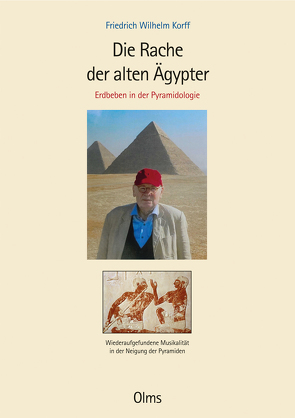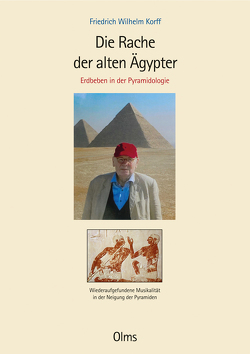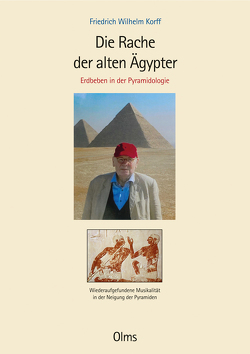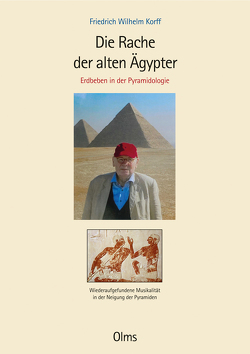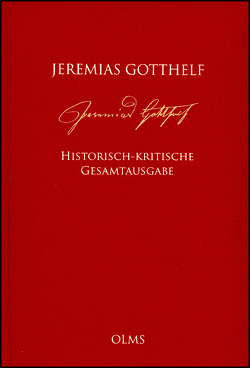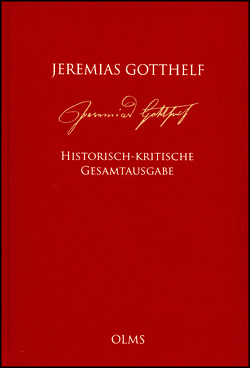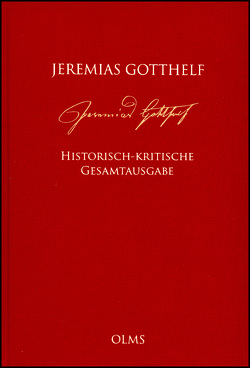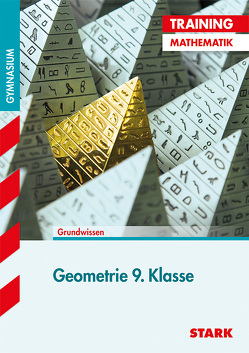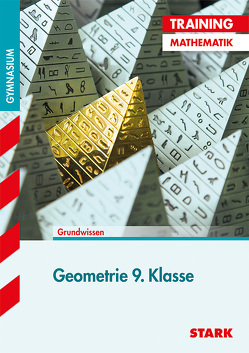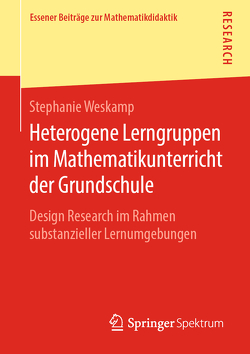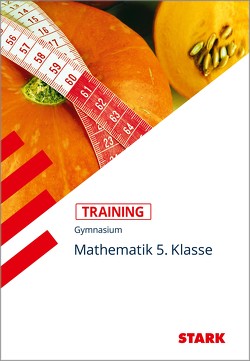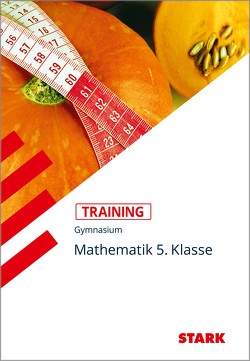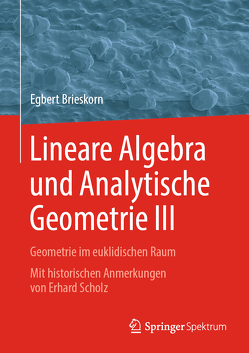Die Rache der alten Ägypter
Erdbeben in der Pyramidologie
Friedrich Wilhelm Korff
Was haben die Grifflöcher in der Nay-Flöte mit dem Pyramidenbau gemeinsam? Die auf der Nay-Flöte gespielten musikalischen Intervalle geben Aufschluss über die architektonischen Proportionen der Pyramiden, wie F. W. Korff in dem vorliegenden Band drei zeigt.
Unter Rückbezug auf Flinders Petrie und Dieter Arnold und mit Hilfe der Nay-Flöte und des Pascalschen Dreiecks berechnet Korff die exakten Höhen und die Neigungswinkel bei 28 Pyramiden und macht dabei auf Messungenauigkeiten aufmerksam, die seit Napoleons Ägyptenfeldzug nicht hinterfragt bzw. korrigiert worden sind.
Man sieht also: Die Übungsaufgabe Nr. 57 aus dem Papyrus Rhind wird gar nicht benötigt, um die Höhen der Pyramiden zu bestimmen. Man muss nur die Länge der Grundkante ermitteln, um die Höhe zu finden. Somit gelingt es Korff, die Vermutung Ludwig Borchardts, dass sich der Rücksprung aller ägyptischen Pyramiden durch das ägyptische Maß- und Messsystem ausdrücken lassen müsse, zu bestätigen.****************What do the finger-holes in the ney flute have in common with the building of the pyramids? The musical intervals played on the ney flute indicate the architectonic proportions of the pyramids, as F. W. Korff demonstrated in this third volume.
With reference to Flinders Petrie and Dieter Arnold, and with the help of the ney flute and Pascal’s triangle, Korff calculates the exact height and inclination of 28 pyramids, and draws attention to inaccurate measurements that have not been challenged or corrected since Napoleon’s Egyptian campaign.
We can therefore see that problem 57 in the Rhind Mathematical Papyrus is not needed at all to calculate the height of the pyramids. We only need to determine the length of the base in order to find the height. Using this method, Korff succeeds in confirming Ludwig Borchardt’s hypothesis that the offset of all Egyptian pyramids must be expressed by the Egyptian system of measures and measurements.
